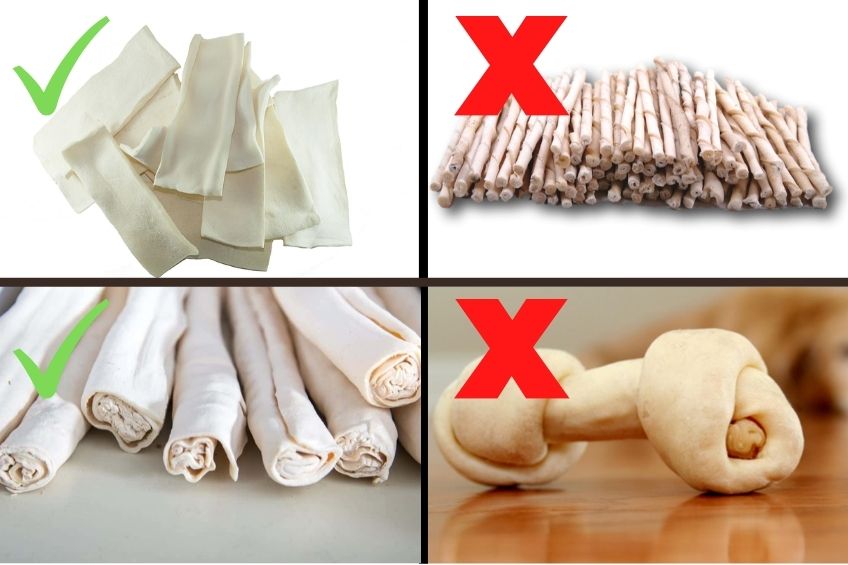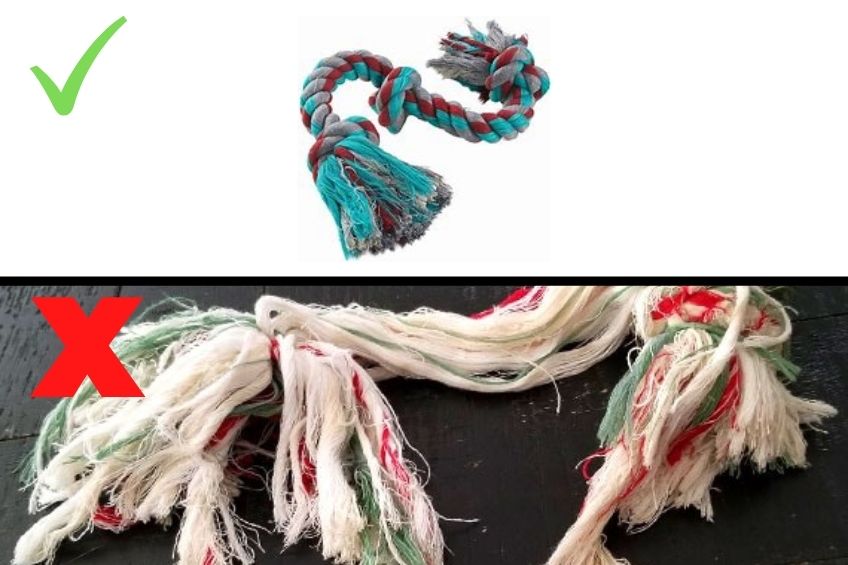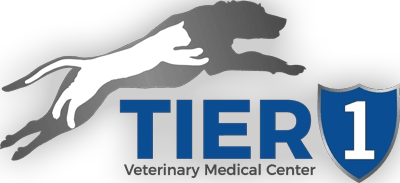What can you do at home to care for your pet’s teeth and set them up for dental success? Simple answer: the same as you do for your own — brush their teeth twice a day. However, very few people have the time or dedication to brush their dog or cat’s teeth every day. To be honest, even I’m not among this number. The good news is there’s an easy way to supplement this action and allow your pets to “brush their own teeth.” The secret is chewing. Pets that chew a lot have better dental health. They work their jaw and teeth over something repeatedly, and it rubs off the plaque and prevents dental disease.
Not all chew toys are created equal. Furthermore, finding an appropriate toy can prove difficult given the wide variety of products available. Here are a few simple rules to help you in finding chew toys to maintain your pets’ dental health:
- If you can’t indent it with your nail, it doesn’t belong in your pet’s mouth.
- Don’t give them toys they can swallow whole.
- Say no to tennis balls.
- When it starts to fall apart, it goes in the trash.
1st Rule:
I don’t recommend giving your pet bones, antlers, hard composite nylabones, or anything to chew on that you cannot indent with your fingernail. If you’ve ever accidentally crunched down on sand, a small rock, or a piece of bone in hamburger meat, you will understand this rule perfectly; it hurts, and it can damage the pulp inside the tooth. When damage to the pulp occurs, the tooth becomes inflamed, which changes its color from white to pinkish purple. This can lead to tooth death and infection around the root.

2nd Rule:
Do not give your pets toys they can swallow whole. One of the most common surgeries that I perform in the ER are abdominal surgeries to remove foreign objects from an animal’s digestive tract. This is particularly true for dental chews such as rawhides and greenies.
Personally, I like rawhides and give them to my dogs frequently. However, I strongly recommend against the rawhide that is cut into small strips and pulled out into sticks as these can be (and have been) swallowed whole. The same goes for bully sticks. Rawhides that are twisted into bones are also a no-go. Dogs tend to gnaw off the knot on the end and swallow it whole. The extra small chews and greenies should not be given to any dog, even toy breeds. Always go a size or two larger than you think your dog needs. This gives them the opportunity to gnaw on it and avoid the risk of an intestinal surgery to retrieve it.
I give my dogs lower sodium, low-fat rolls of rawhide (about the size of a rolled-up magazine), and pieces approximately the size of dollar bills. They get them once or twice a week with supervision. These kinds of chews are great for your pets’ dental health because they require lots of chewing and gnawing on them to soften them enough for the dog to chew off chunks to swallow. This repeated chewing motion mimics the action of a toothbrush and ensures only small pieces are swallowed.

3rd Rule:
Tennis balls are a no-go. The felt material on tennis balls is slightly abrasive on its own. Additionally, the ball tends to collect grit, dirt, sand, etc, and can act like sandpaper and actually rub off the enamel layer protecting the tooth. If your dogs are like mine and extremely ball-driven, consider racquetballs instead.

4th Rule:
Fabric toys and rope toys can also be great to gently clean your pets teeth. However, rope toys tend to fray quickly, and fabric toys can be easily pulled apart and tend to be filled with stuffing and other plastic pieces. When rope toys have frayed enough that there are small chunks of string hanging from them, these strings either need to be trimmed or the toy needs to be thrown away. Animals tend to swallow these or enlarged chunks, running the risk of intestinal blockage. The same goes for fabric or squeaker toys. I’ve seen a patient before with four squeakers stuck inside their stomach at once. When the toy starts to fall apart and leave pieces of itself all over your home, it’s time for a new one.

Bonus Tip:
I have one additional tip for you to consider, although it has nothing to do with toys. Your animal’s food source can also be a plaque-scraping assistant. Dogs and cats that eat strictly soft food tend to have accelerated dental disease because there is no abrasive force to remove the plaque. Your pet will not bite every kibble they eat, but the ones they do can actually serve to scrape the fuzz off their teeth. If you’re determined to feed your dog or cat soft/canned food, just plan regular dental cleanings and be proactive about it to avoid having to get teeth pulled. This rule is particularly relevant for cats, as they do not tend to be toy chewers.
Some dogs and cats simply will not chew, and there’s no toy, flavoring, or paste to convince them otherwise. In these cases, I may recommend attempting regular brushing. It can sometimes be difficult to use a toothbrush. Fortunately, you can usually find a thimble-type finger covering toothbrush for more control and less discomfort and stress to your pet. For animals with severe dental disease, there is also a prescription-grade dental food that has very large kibbles to encourage that abrasive contact that scrapes plaque from teeth. Although these processes won’t generally reverse dental disease, they can prevent it and lengthen the time required in between dental cleanings.
For more information on dental health for pets, visit the Veterinary Partner website.
Tier 1 Veterinary Medical Center in Palmer is Alaska’s only comprehensive animal hospital. We are available for emergencies, walk-ins, and by appointment. With CT, MRI, and Ultrasound available on-site, our facility provides advanced treatment options for your pet. Contact us today to schedule an appointment.
